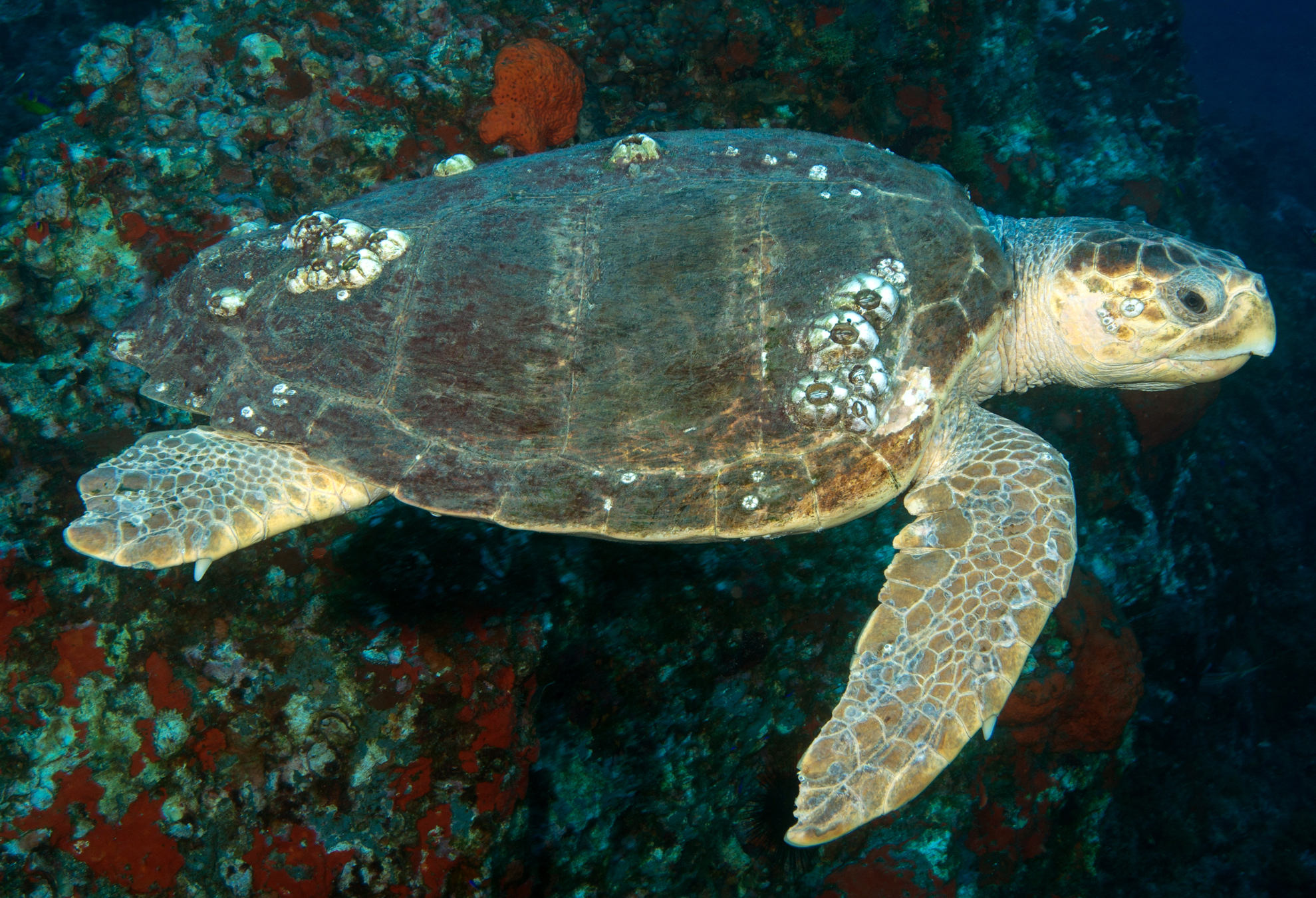Scientists are predicting this year’s dead zone in the Gulf of Mexico to grow and cover approximately 5,900 square miles, an area the size of Connecticut. Human-caused dead zones are now popping up worldwide, but the one in the Gulf of Mexico off the Louisiana and Texas coast has grown to be the second largest in the world.
What is a Dead Zone and How Do They Occur?
Dead zones occur when vast quantities of manure and fertilizers generated by factory farms and human sewage flow into rivers and streams — eventually reaching the oceans. The high concentration of nitrogen and phosphorous create hypoxic (low-oxygen) areas along the world’s coastal regions.
Watch NOAA’s video here to see a visual explanation of how a dead zone is formed: http://www.nnvl.noaa.gov/MediaDetail2.php?MediaID=1062&MediaTypeID=3&ResourceID=104616
How Does a Dead Zone Impact Wildlife & Humans?
Low oxygen levels lead to reproductive problems in fish, but fish and mobile invertebrates can migrate out of the hypoxic area. Plants and slow moving animals that cannot escape from the dangers of the area will slowly suffocate to death from prolonged exposure. The greater these zones extend; the more life will be lost.
Dead zones not only impact life on a microscopic level, but continue through the food chain, eventually becoming a hazard for humans. From swimming at the beach, to eating seafood, the negative impact of these zones could eventually reach every person in the United States.
The Mississippi River watershed drains approximately 41 percent of the continental United States, including 31 states and 2 provinces in Canada. The nitrogen and phosphorus entering the Gulf of Mexico from the river may be traced back, cattle, hog, and turkey operations, farms, sewage treatment plants, over-fertilized lawns and other sources.

Wait, is it Really the Size of Connecticut?
The exact size of the dead zone in the Gulf of Mexico will depend on other environmental factors including storms and hurricanes, but the 5-year average is up to 5,312 square miles, higher than the 30-year average, nearly 300 percent higher than the federal-state agreed upon ecological goal NOAA hopes to reach. And yes, this is about the same size as Connecticut (5,543 mi2). The average size has been about 5,300 square miles (GulfHypoxia.net, NOAA).
What can I do?
Almost everyone in the U.S. contributes to the Gulf’s Dead Zone because we live in the Gulf watershed (which includes 31 States), or we purchase agricultural products grown there. To reduce the nutrients entering the Gulf, Turtle Island is encouraging everyone to take action by making these simple changes:
- Reduce (or eliminate) your meat consumption,
- Reduce and eliminate your use of fertilizers,
- Purchase organically grown food,
- Grow plants to reduce erosion and runoff (native plants are best),
- Monitor your septic systems and/or demand local water treatment facilities are modernized,
- and check out the new documentary COWSPIRACY, available on Netflix, to learn more about the impacts of factory farming on the oceans.
Turtle Island’s Gulf of Mexico Office will be following the latest dead zone developments closely and monitoring how the area may impact wildlife, including endangered sea turtles. For the latest updates, follow us on Facebook.




